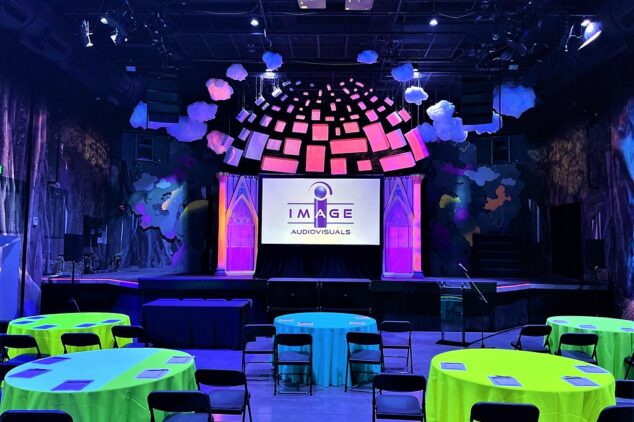Illuminating the Impact of Illumination Techniques on the Craft of Video Projections Mapping
Illuminating the Impact of Illumination Techniques on the Craft of Video Projections Mapping
Blog Article
Video mapping projection is an exciting creative medium that merges tech and creativity to convert ordinary spaces into extraordinary visual exhibits. This technique entails projecting images and footage onto three-dimensional elements, such as buildings, artworks, or platforms. One of the most crucial factors in creating effective mapping is the use of efficient lighting methods. Proper illumination improves the visual elements of the display and ensures that the images are clear and captivating. This article examines the influence of lighting methods on video projection and how they can elevate the overall experience.
Illumination plays a crucial role in video projection because it establishes the atmosphere and feel of the exhibit. Different illumination methods can evoke various emotions and reactions from the audience. For instance, using gentle, warm illumination can create a welcoming environment, while bright, cold lights may create a more energetic or intense impact. By carefully selecting illumination colors and brightness, creators can influence how audience perceive the displayed images, leading to a more immersive experience. The equilibrium between mapping brightness and surrounding illumination is crucial, as it can significantly affect the clarity and impact of the visuals.
In addition, color and intensity, the angle of light also influences the efficacy of projection. Illumination from different directions can generate shadows and accents that introduce depth to the mapped images. This technique, known as chiaroscuro, can improve the three-dimensionality of the objects being mapped. Furthermore, using moving illumination can introduce dynamism to the display, making the from this source experience more engaging for the audience. When the illumination interacts with the projected visuals, it can create an effect of motion and change, grabbing the audience's attention.
Another important aspect of lighting in mapping in the use of unique effects. Techniques such as gobo lighting, which uses shapes and shapes to filter light, can add texture and complexity to the mapping. This approach enables creators to superimpose visuals and create visually captivating results that enhance the mapping. Moreover, incorporating lasers or LED lights can additionally improve the over here exhibit, providing a distinct mix of sight components that draw the audience in. These special effects, when used thoughtfully, can transform the projection beyond a simple show to an immersive work of creativity.
In summary, the influence of lighting techniques on video projection is profound. By understanding how different lighting components interact with projected images, creators can produce enthralling encounters that connect with viewers. The careful selection of hue, intensity, direction, and special effects allows for a vivid tapestry of sight narrative. As tech continues to grow, the options for artistic showcasing in mapping will only grow, making illumination an increasingly vital aspect in this progressive creative form.